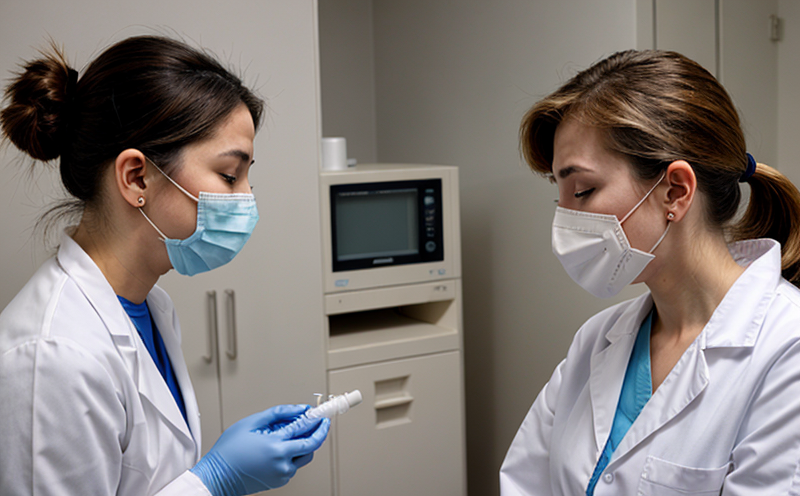Cat Allergen Protein Testing in Environmental Samples
Understanding and addressing cat allergens is crucial for individuals suffering from allergies or sensitivities to cats. Cat dander, which consists of dead skin cells, saliva, and other secretions shed by the animal, can trigger allergic reactions ranging from mild discomfort to severe respiratory issues. Detecting and quantifying these allergens in environmental samples—such as air, dust, and fabrics—is essential for effective management and control measures.
Our Cat Allergen Protein Testing service provides a robust solution for measuring cat dander proteins (Fel d 1) in various environments. This test is particularly valuable for quality managers looking to ensure indoor air quality standards are met, compliance officers seeking to adhere to regulatory guidelines, R&D engineers aiming to develop effective allergen-reducing products, and procurement teams ensuring the integrity of materials used in sensitive environments.
The process begins with sample collection using specialized devices designed to capture dust particles or airborne particles. These samples are then analyzed using advanced immunoassay techniques that specifically target Fel d 1 proteins. The testing methodology adheres strictly to international standards, including ISO/IEC 17025, ensuring the highest level of accuracy and reliability.
The results provide a quantitative measure of allergen levels in the sampled environment, which can be crucial for making informed decisions about cleaning protocols, material selection, or product design. By leveraging this detailed information, stakeholders can take targeted actions to minimize exposure risks effectively.
Our comprehensive approach ensures that not only are we measuring current allergen levels but also providing insights into potential sources and pathways of contamination within the tested environment. This holistic perspective allows for more effective strategies in managing allergens across various sectors like healthcare facilities, schools, and residential buildings.
Benefits
- Improved Indoor Air Quality: Accurate measurement helps maintain healthy indoor air by identifying and addressing high levels of cat dander.
- Enhanced Compliance: Adherence to relevant standards ensures regulatory compliance, reducing potential legal risks.
- Informed Decision Making: Quantitative data supports strategic planning for product development or facility design improvements.
- Precision Cleaning Protocols: Detailed reports guide effective cleaning practices tailored specifically to reduce allergen presence.
Eurolab Advantages
At Eurolab, we pride ourselves on delivering top-tier services through our state-of-the-art facilities and experienced team. Our advanced laboratories are equipped with the latest technology, ensuring precise measurements of cat allergens in environmental samples.
We employ highly skilled scientists who stay abreast of the latest developments in allergen analysis, guaranteeing that our methodologies remain current and effective. This continuous improvement ensures that we provide reliable results consistently across all tests performed.
Our commitment to excellence extends beyond just technical proficiency; it also encompasses excellent customer service and transparent communication throughout each project's lifecycle. Whether you need routine monitoring or one-off assessments, Eurolab is here to support your needs with professionalism and reliability.
Why Choose This Test
The importance of detecting cat allergens cannot be overstated for those dealing daily with their effects. Allergy sufferers often experience symptoms such as sneezing, itching eyes, runny nose, and even more severe reactions like asthma attacks when exposed to these proteins.
By choosing our Cat Allergen Protein Testing service, you gain access to precise data that can inform critical decisions about maintaining clean environments free from harmful allergens. This information is invaluable for healthcare providers treating allergy patients, educational institutions ensuring safe learning spaces, and homeowners looking to create healthier living conditions.
The ability to quantify allergens allows businesses involved in manufacturing products like textiles or personal care items to incorporate anti-allergen features into their designs. For facilities management professionals responsible for maintaining public spaces, knowing exactly where and how much allergen is present helps prioritize cleaning efforts effectively.





